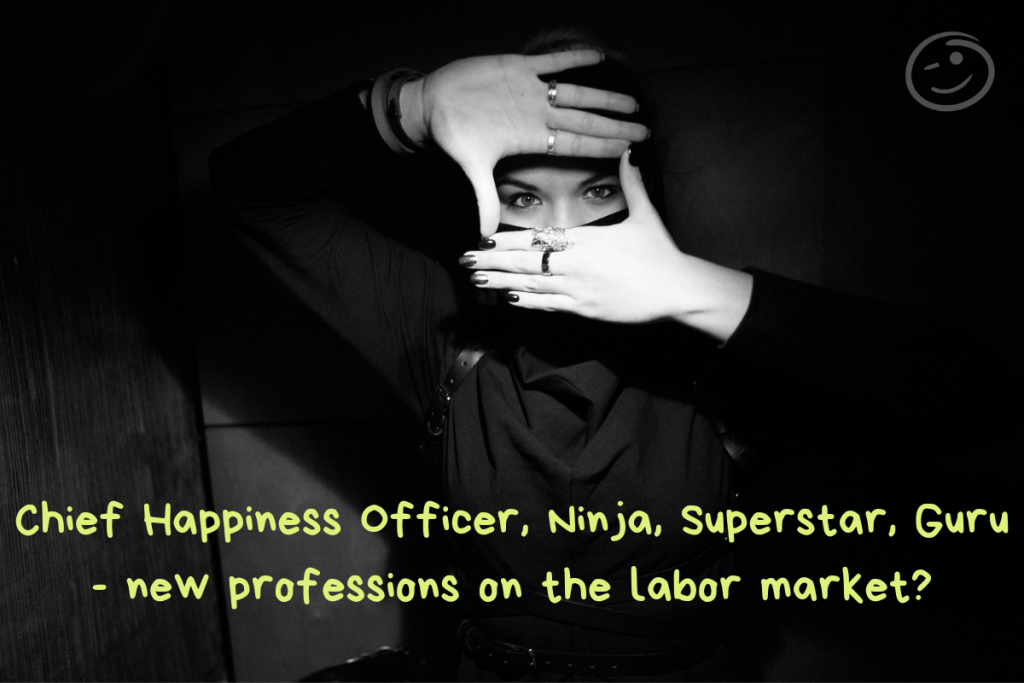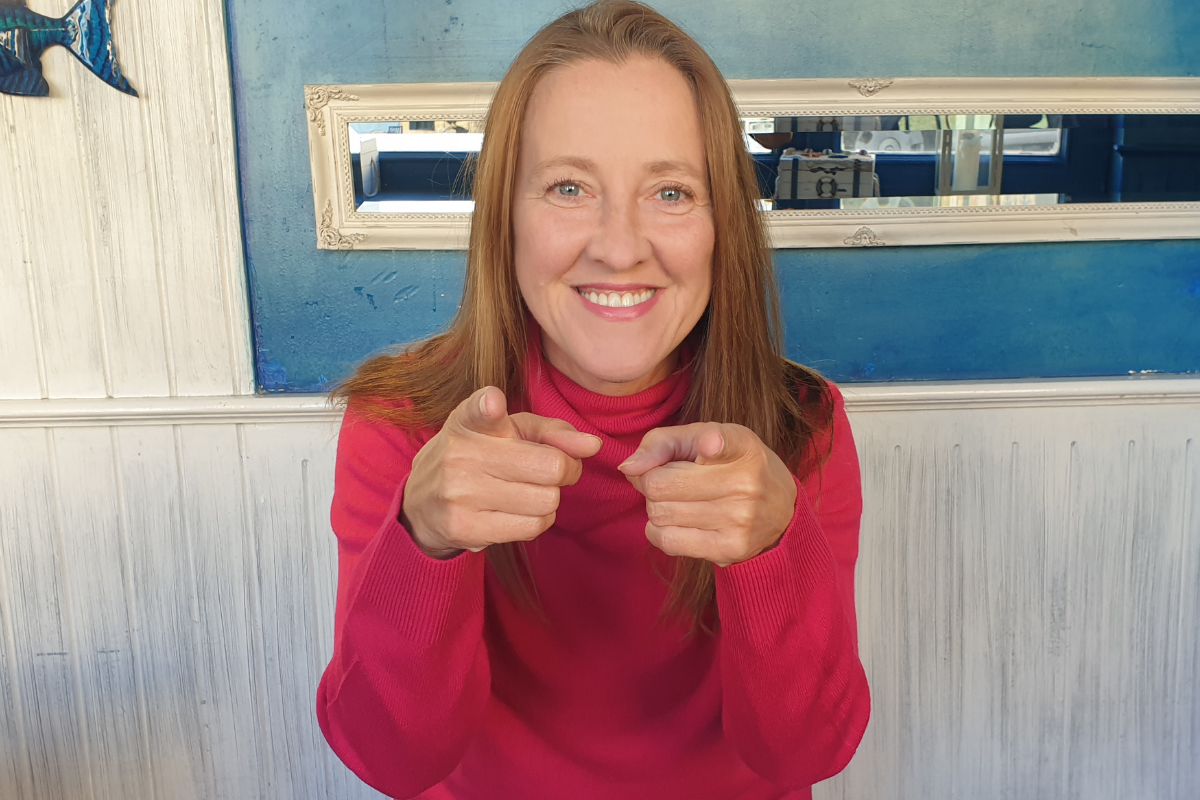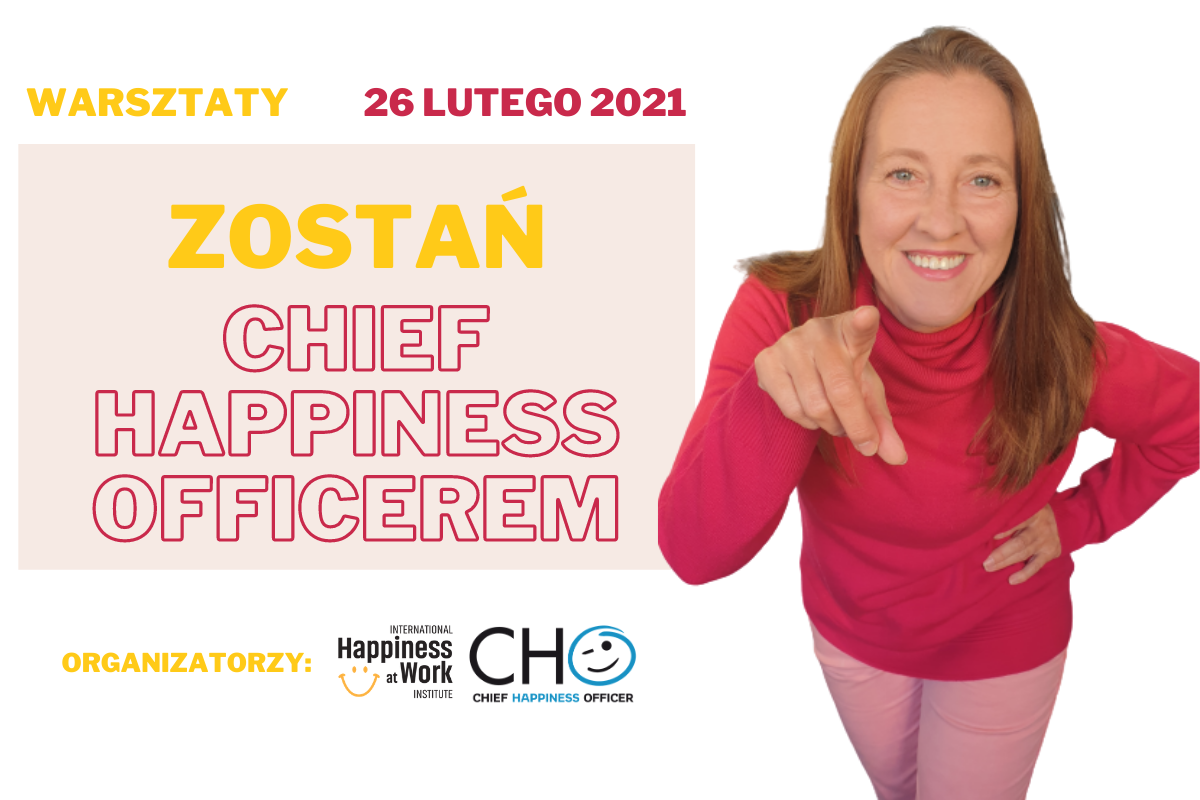
Żyjemy w ciekawych czasach. Zderzają się ze sobą dwa modele zarządzania – bardziej tradycyjny, oparty o hierarchiczne struktury, gdzie występują nazwy stanowisk znane od wielu lat – Zarząd, Manager, Specjalista, Analityk itp. z bardziej nowoczesnym, sieciowym, bez jasno określonej struktury organizacyjnej.
W modelu tradycyjnym są jasno określone zespoły, często zwane działami np. dział logistyki, dział sprzedaży, w których osoby mają zdefiniowane role. Każdy wie kto jest managerem, a kto analitykiem, kto doradcą klienta, a kto asystentką.
W modelu sieciowym, elastycznym, ludzie łączą się dowolnie w zespoły skupiając się wokół projektów / zadań potrzebnych w danej chwili, bazując na swoich kompetencjach i potrzebie rozwoju zawodowego.
Bardzo trudno jest powiedzieć jaka jest rola danego pracownika w modelu sieciowym. Na jednym projekcie może być managerem, na innym analitykiem, a na kolejnym dyrektorem kreatywnym. Na cele zapisów umownych są wpisywane pozycje: manager, specjalista, doradca itp. Ale odbiegają one daleko od funkcji pełnionych w organizacji. Tacy pracownicy potrzebują tytułu, z którym czuliby się dobrze i który lepiej opisywałby ich rolę. Intuicyjnie zaczynają wybierać słowa spoza katalogu znanych zawodów.
Kiedy wejdziemy na LinkedIn znajdziemy m.in. takie stanowiska jak „Social Media Ninja”, „DevOps Ninja”(DevOps to metodyka pracy łącząca rozwój i utrzymanie IT, patrzenie na oba te procesy jednocześnie), „Agile Guru”, „Communication Guru”, „Chief Happiness Officer”, „Happiness manager”, „Community manager”, „People manager”.
Chief Happiness Officer pomaga zarządom w analizie organizacji pod kątem identyfikacji zasobów pracowników i ich efektywnego wykorzystania, dodatkowo pracuje nad obniżeniem poziomu frustracji w organizacji. Community Manager dba o społeczność dla której pracuje, a People Manager jest mentorem, mediatorem, trenerem umiejętności twardych i miękkich, obecnym na co dzień dla swojego zespołu.
Co łączy ze sobą te nazwy stanowisk? Jakie jest wspólne przesłanie? Elastyczność działania, sprawność działania, podejście, że wszystko da się zrobić (can do approach), szerokie patrzenie na temat, kreatywność i znajdowanie nieoczywistych rozwiązań (thinking outside the box) oraz skupienie się na ludziach jako najważniejszych i najcenniejszych aktywach organizacji.
☀️☀️☀️☀️☀️☀️☀️☀️☀️☀️☀️☀️☀️☀️☀️☀️☀️☀️☀️☀️☀️☀️☀️☀️☀️☀️☀️
We live in the interesting times. Two management models collide – more traditional, based on hierarchical structures, where there are names of job positions known for many years – management, manager, specialist, analyst, etc. with a more modern one based on networking, without a clearly defined organizational structure.
In the traditional model there are clearly defined teams, often called departments, e.g. logistics department, sales department, where people have defined roles. Everyone knows who the manager is, who is the analyst, who advises the customer and who is the assistant.
In the network model people connect freely in teams focusing on the projects/tasks needed at the moment, based on their competencies and the need for professional development.
It is very difficult to say what is the role of an employee in a network model. One project a person can be a manager, on another – an analyst, and on the next creative director. For the job contract purposes there are still traditional position names: manager, specialist, advisor, etc. But they depart far from what the person is doing in the organization. Such employees need a title with which they would feel good and better describe their role. Intuitively begin to select words outside the directory of known professions.
When we go to the LinkedIn we find among others such posts as „Social Media Ninja”, „DevOps Ninja” (DevOps is a working methodology that combines the IT development and maintenance, looking at both of these processes simultaneously), „Agile Guru”, „Communication Guru”, „Chief Happiness Officer”, „Happiness Manager” „Community Manager „,” People Manager „.
Chief Happiness Officer helps the board in analyzing organizations to identify employees’ resources and how to employ people’s talents in the most effective way, and is also working to reduce the level of frustration in the organization. Community Manager care about the community for which they work, and People Manager is a mentor, mediator, trainer of hard and soft skills, present every day for his team.
What does these job titles share? What is the common message? Flexibility of action, agility, the can do approach, wide looking at the topic, creativity and finding non-obvious solutions, thinking outside the box and focusing on people as the most important and most valuable assets of the organization.





 Jesteśmy zespołem złożonym z doświadczonych profesjonalistów, działającym w ramach firmy powemeetings.eu, która specjalizuje się w doradztwie oraz organizacji konferencji i szkoleń dla różnych sektorów gospodarki.
Jesteśmy zespołem złożonym z doświadczonych profesjonalistów, działającym w ramach firmy powemeetings.eu, która specjalizuje się w doradztwie oraz organizacji konferencji i szkoleń dla różnych sektorów gospodarki.